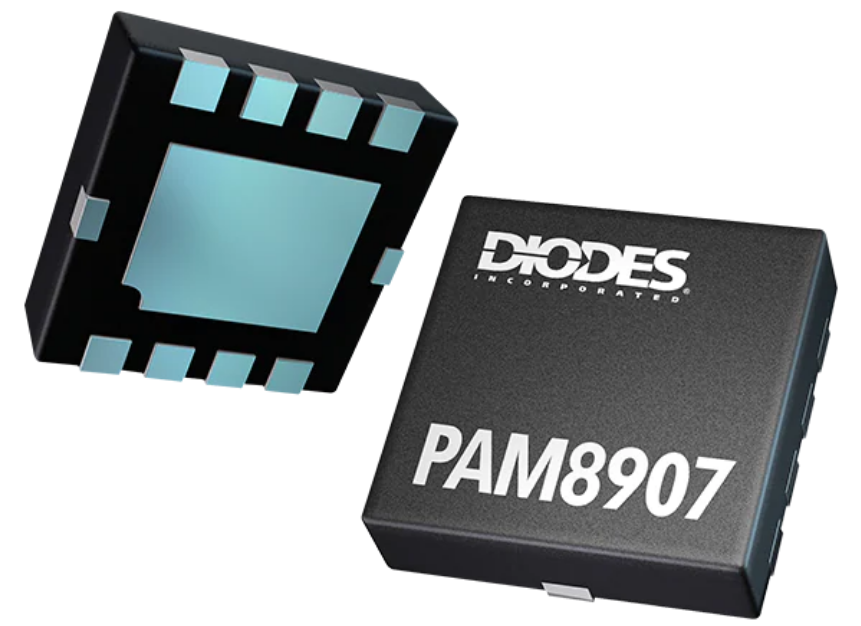

For consumer equipment, a convention exists of −10 dBV, originally intended to reduce manufacturing costs.
AUDIO CONVERTER PRO INPUT LEVEL PROFESSIONAL
The most common nominal level for professional equipment is +4 dBu (by convention, decibel values are written with an explicit sign symbol). Modern audio equipment does not use 600 Ω matched loads, hence dBm unloaded ( dBu).

This awkward unit is a holdover from the early telephone standards, which used 600 Ω sources and loads, and measured dissipated power in decibel-milliwatts ( dBm). The decibel unloaded reference voltage, 0 dBu, is the AC voltage required to produce 1 mW of power across a 600 Ω impedance (approximately 0.7746 V RMS). The decibel volt reference voltage is 1 V RMS = 0 dBV. While the nominal levels themselves vary, only two reference voltages are common: decibel volts (dBV) for consumer applications, and decibels unloaded (dBu) for professional applications. The nominal level and the reference voltage against which it is expressed depend on the line level being used. time of sine waves at reference and line levels, with V RMS, V PK, and V PP marked for the +4dBu line level.Ī line level describes a line's nominal signal level as a ratio, expressed in decibels, against a standard reference voltage. Professional equipment may also use unbalanced connections with 6.35 mm ( 1⁄ 4 in) TS phone jacks. Professional equipment commonly uses balanced connections on 6.35 mm ( 1⁄ 4 in) TRS phone jacks or XLR connectors. The line in/out connections on consumer-oriented audio equipment are typically unbalanced, and connected with stereo RCA jacks, or with a 3.5 mm ( 1⁄ 8 in) 3-conductor TRS minijack connector providing ground, left channel, and right channel. Line out provides an audio signal output and line in receives a signal input. The strength of these various signals does not necessarily refer to the output voltage of the source device it also depends on its output impedance and output power capability.Ĭonsumer electronic devices concerned with audio (for example sound cards) often have a connector labeled line in and/or line out. There are weaker signals such as those from microphones ( microphone level or mic level) and instrument pickups ( instrument level), and stronger signals, such as those used to drive headphones and loudspeakers ( speaker level). Line level sits between other levels of audio signals. Line level is the specified strength of an audio signal used to transmit analog audio between components such as CD and DVD players, television sets, audio amplifiers, and mixing consoles. To keep costs down, that would need to be an active device, not a passive transformer, I use the Behringer DI120 and an external 9v power supply, and whilst not the best, it's quite good enough at line level.Not to be confused with Line level (tool). Only if that doesn't work either would it be advisable to use a balanced cable and some sort of unbalance-balanced converter. If one gets audible hum, then remove the link to pin 1, leaving pin three to the screen. I would try first connecting the inner to XLR pin 2, screen to pins 1 and 3 strapped together. The main limitations are at low frequencies where inexpensive transformers are limited in level at low frequencies, so not suitable for driving a subwoofer.įor a modest distance like 15m, (and as was mentioned above, 15m isn't long) I would first try a well screened unbalanced cable like RG6 as it's cheap enough that if it doesn't work, it can be used for other things. The problem with all 'low cost' solutions that use a transformer, is that decent transformers cost a lot of money and so can't be low cost.


 0 kommentar(er)
0 kommentar(er)
